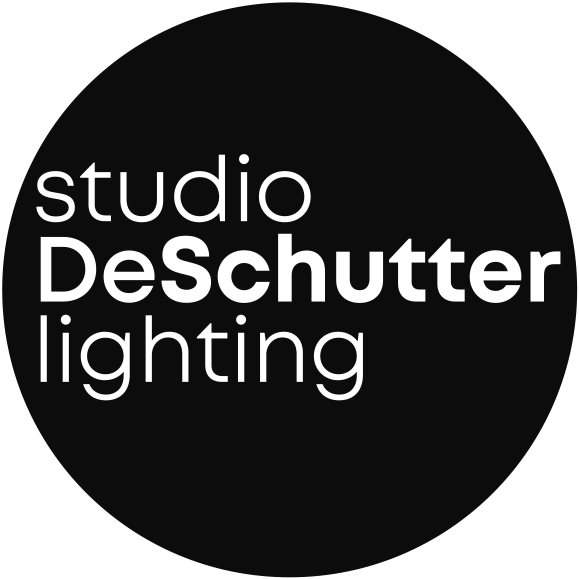Office Lighting Regulations, Guidance for Planning and Practice
When people think of office lighting, they often think of standards and numbers, mainly lux. But brightness alone is not the whole story. Good lighting means much more than meeting minimum values, it shapes how people see, perceive, and feel.
Designing office lighting means finding balance between technical standards, comfort, and visual quality. The goal is to create environments that are functional, healthy, and inspiring.
Legal Framework 🏢
The German Workplace Ordinance (ArbStättV) defines the basics for all workplaces, requiring employers to provide adequate artificial lighting and make the best possible use of daylight. It is complemented by ASR A3.4 “Lighting,” which specifies values for brightness, glare, and uniformity.
Key Standards 🏛️
DIN EN 12464-1 sets the main framework for lighting in indoor workplaces. It defines illuminance, glare control, and color rendering. But beyond numbers, it’s essential to understand how light affects perception and comfort.
Technical and Quality Aspects 🔍
1. Color Rendering (CRI)
Often overlooked but essential. The standard minimum is Ra 80, while we typically plan Ra 90 or higher in offices and showrooms. High color rendering is crucial wherever colors or materials must be accurately perceived, for instance in architectural offices, design studios and galleries. 100 is the maximum, equivalent to natural daylight.
2. Flicker-Free Lighting
A common issue that’s too often ignored. Flicker causes eye strain, fatigue and headaches. We use only high-quality LED drivers to ensure stable, flicker-free illumination.
3. UGR Value (Glare Rating)
UGR indicates how much a luminaire causes glare. For office workplaces, the limit should be UGR 19. Yet many luminaires on the market are rated UGR 22, which is too high. Especially with up down lighting, the listed UGR value often only applies when the indirect component is switched on. Always check the details carefully.
4. Uniformity
Uniform light distribution is critical. A minimum uniformity ratio of 0.6 ensures visual comfort. Without it, the eyes constantly adapt to brightness differences, leading to fatigue.
5. Daylight Integration
Natural light remains the gold standard. In bright offices with large windows, artificial lighting can be reduced, while deeper or north facing spaces need a balanced mix of direct and indirect light.
Light is Relative 💡
Perception is personal. Our eyes change with age, our lenses yellow slightly, and brightness perception decreases. Older individuals require more light to achieve the same level of visual comfort.
Our Approach: Tailored Lighting Design
At Studio De Schutter, we don’t apply one size fits all solutions. We listen, analyze, and design lighting concepts tailored to the needs, architecture, and atmosphere of each space. Whether it’s a creative studio, a technical lab, or a quiet workspace, every project receives a unique light identity.
As Sabine De Schutter puts it:
“To design light is to understand the language of space and translate it so that everyone can feel it.”
Conclusion
Office lighting regulations provide a solid foundation, but they don’t replace thoughtful design. Focusing only on lux overlooks what truly matters, comfort, atmosphere, and perception. Only when all these aspects come together does lighting become meaningful, creating workspaces that inspire, include, and support wellbeing.
👉 Learn how we rethink office lighting with a focus on perception, inclusivity, and quality.
👉 Subscribe to our newsletter for insights into modern standards and human centered lighting solutions.
Pictures: The Studio de Schutter Project K38.





